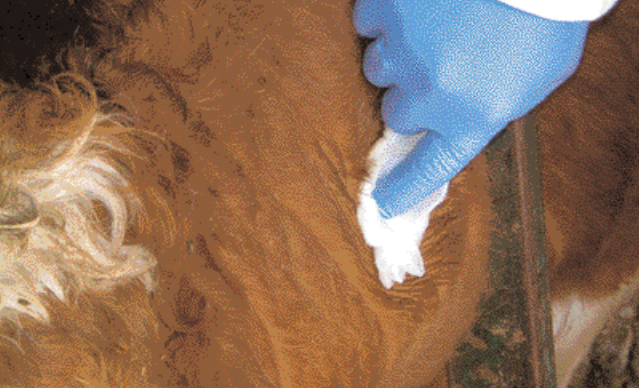Over the course of an animal’s life, they will require many vaccinations and treatments. Whether treating cattle with specific medicines for specific illnesses or administering routine vaccinations, farmers need to inject treatments correctly.
There are two ways in which farmers should administer injections – either subcutaneously or intramuscularly.
Products that are administered subcutaneously should be administered under the skin, while medicines that are administered intramuscularly should be injected into the muscle. In the case of intramuscular administrations, the ideal location is the neck.
The neck is an area of lower carcass value; it also tends to be cleaner than the rump area. This will minimise the chance of an infection, especially at this time of year when animals are housed.
Injecting into the rump of the animal should be avoided where possible. The rump is a valuable cut of meat and injecting into it can lead to abscesses.
When the abscess declines, the muscle develops scar tissue which is unfit for consumption and has to be trimmed off the carcass – making it less valuable.
In addition, when the injection pierces the skin, bacteria can enter the opening and cause an abscess. Massaging the injection site after injecting the animal reduces the risk of infection.
If there is a need to inject the animal twice, injections should be administered either side of the neck.
The farmer should also ensure that they are using the correct equipment. There are many different size syringes and needles that can be used to administer different types of products.
The size of the syringe and the needle are two things that the farmer needs to take into consideration. When administering large quantities of a product, such as antibiotics to adult cattle, a large syringe is needed. This will result in one administration and reduce the stress on the animal.
Pour-on products can be used in the fight against fluke and worms. These products are absorbed through the skin. When treating animals with these products, farmers need to take precautions to ensure that they do not get the products on their hands.
When administrating any type of medicine, the farmer should always wear gloves and ensure that all equipment is clean and sterile.


